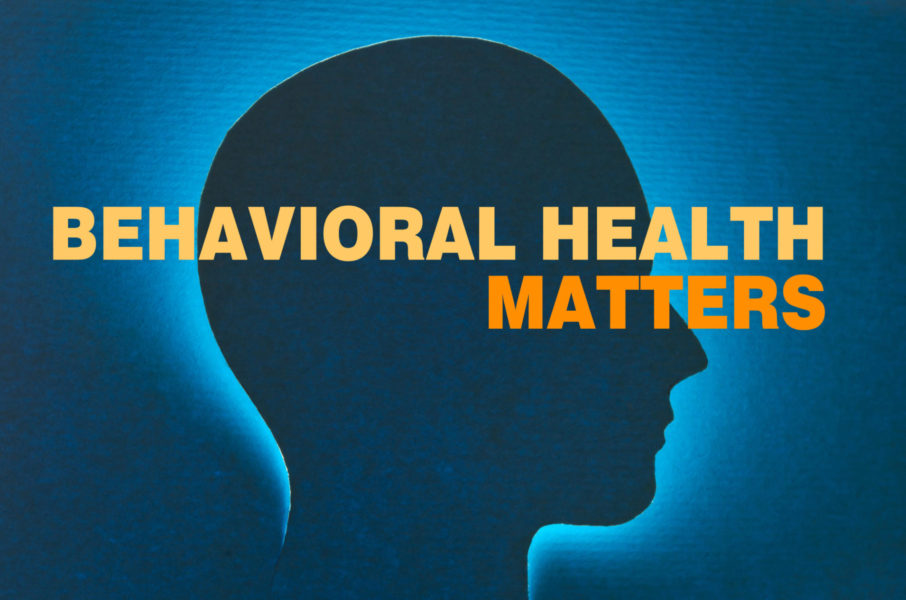The many facets of America’s most common mental illness
Anxiety is the most commonly diagnosed mental illness in the United States. Unfortunately, among the 40 million adults each year afflicted by anxiety, only about one-third of them actually receive treatment for it. But the problem extends well beyond the underwhelming public interest in care; anxiety disorders are linked to a host of other problems, some of which are listed below:
Ties to other mental illness
People suffering from anxiety are very likely suffering from other mental and neurological illnesses as well. Cases of schizophrenia, bipolar disorder, depression, and multiple sclerosis, among other diagnoses, are common in patients suffering from anxiety.
Higher risk of hospitalization
With an anxiety diagnosis comes an increased chance of being hospitalized. In fact, people suffering from an anxiety disorder are about three times more likely to go to the doctor and six times more likely to be hospitalized for psychiatric disorders than those who are not.
Physical pain
Anxiety disorders have a strong toll on the body and can produce physical symptoms. Such symptoms include tightening of the chest, headaches, nausea, muscular tension, and digestive problems.
Exacerbation of medical problems
Anxiety disorders have been known to complicate existing medical problems. Patients with chronic respiratory disorders, gastrointestinal disease, or heart disease can be more difficult to treat and have a higher chance of symptoms worsening if they also happen to be suffering from anxiety as well, as opposed to patients with similar chronic conditions and no anxiety diagnosis.
Considering the prevalence of anxiety disorders and the peripheral problems with which they are often associated, awareness is a very pressing need. Promoting awareness and a proactive attitude toward treatment and recovery will help to prevent anxiety disorders from spiraling into larger problems.




